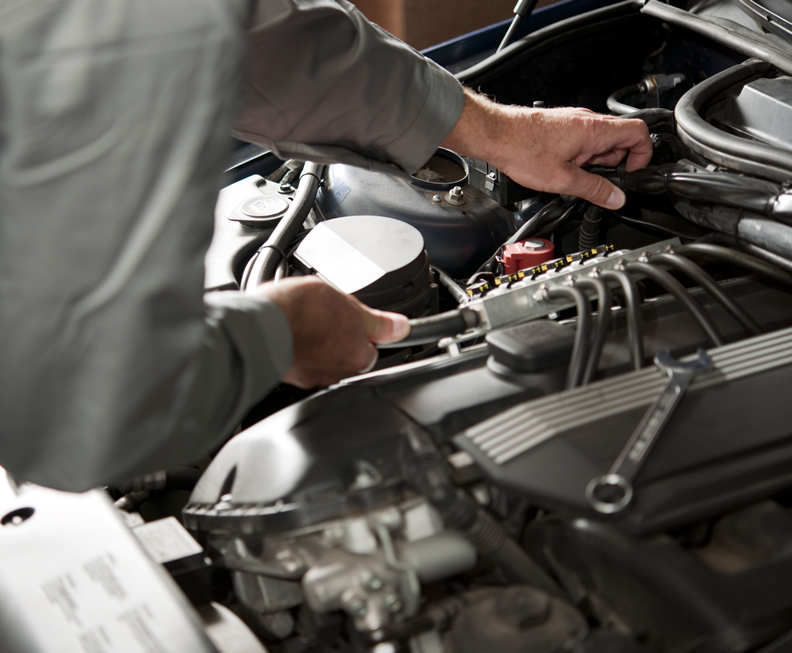
Auto body damage is an issue faced by millions of drivers every year. From minor dents to major repairs, the causes of this damage are as varied as the vehicles themselves. Understanding the most common culprits behind auto body repair damage can help drivers stay more vigilant on the road and potentially mitigate some of the risks involved. Here’s a closer look at some of the leading causes.
1. Collisions and Traffic Accidents
Unsurprisingly, traffic accidents are one of the top causes of vehicle damage. Data from the National Highway Traffic Safety Administration (NHTSA) reveals there were over 5.25 million police-reported motor vehicle crashes in the U.S. in 2020 alone. From fender benders at stoplights to multi-car pileups on highways, collisions often leave vehicles with everything from minor scratches to severe structural damage.
Even low-speed impacts can cause noticeable issues like dented bumpers, cracked headlights, and scratches on the paint. It’s not just catastrophic accidents that result in costly repairs; even minor incidents can be a financial headache for drivers.
2. Weather-Related Damage
Extreme weather is another major source of auto body damage. Hailstorms, for instance, can wreak havoc on a vehicle’s exterior. According to the Insurance Information Institute (III), claims for hail damage average $15 billion annually in the U.S., affecting thousands of drivers.
On the other hand, heavy snowfall can lead to paint scratches when snow is brushed off improperly, while road salt used on icy roads can cause significant corrosion over time. Additionally, falling branches during storms can lead to dents, broken windshield glass, and more.
3. Parking Lot Incidents
A surprising amount of vehicle damage occurs in parking lots. From careless drivers bumping into parked cars to runaway shopping carts scratching vehicle paint, parking lots are hot spots for auto body damage. A 2022 industry report estimated that nearly 14% of all car insurance claims involve parking lot accidents.
The confined spaces and frequent maneuvering required in parking lots lead to increased chances of minor scrapes and dents. Unfortunately, in many cases, the culprit may leave no note, leaving the car owner to cover the repair costs themselves.
4. Poor Road Conditions
Potholes, loose gravel, and poorly maintained roads can also inflict damage on vehicles. Sudden encounters with a deep pothole could result in not only tire and wheel damage but also cracked bumpers and misaligned panels. Additionally, gravel kicked up by other vehicles can chip paint or crack windshields.
According to a report from AAA, poor road conditions cost U.S. drivers $3 billion in repairs annually. Driving cautiously and avoiding poorly maintained roads when possible are key strategies for minimizing this risk.
5. Negligence and Wear and Tear
Sometimes, neglect or improper maintenance contributes to auto body damage. Failing to routinely wash and wax the car can lead to dirt build-up, which may scratch the paint over time. Regular exposure to the sun without proper protection can also cause fading or cracking of the exterior coating.
Ignoring small scratches or chips can escalate the problem, leading to rust formation that spreads and weakens the car’s body over time. Staying proactive with maintenance and repairs is critical to minimizing these damages.
6. Animal-Related Incidents
Encounters with wildlife are less common but can still lead to auto body damage. Deer collisions, in particular, spike dramatically during mating season in the fall. The Insurance Institute for Highway Safety (IIHS) estimates that such impacts result in over one million insurance claims annually in the United States. Additionally, smaller animals can get trapped under vehicles, causing minor damage to areas like bumpers and undercarriages.
Final Thoughts
Auto body damage can arise from a variety of sources, from unpredictable weather conditions to human error. By recognizing these common causes, drivers can take proactive steps to minimize their exposure to risk. Whether it’s carefully navigating parking lots or staying prepared for winter weather, awareness goes a long way in protecting vehicles from unnecessary damage. While it’s impossible to avoid every scenario entirely, a little extra caution can prevent costly repairs in the long run.
